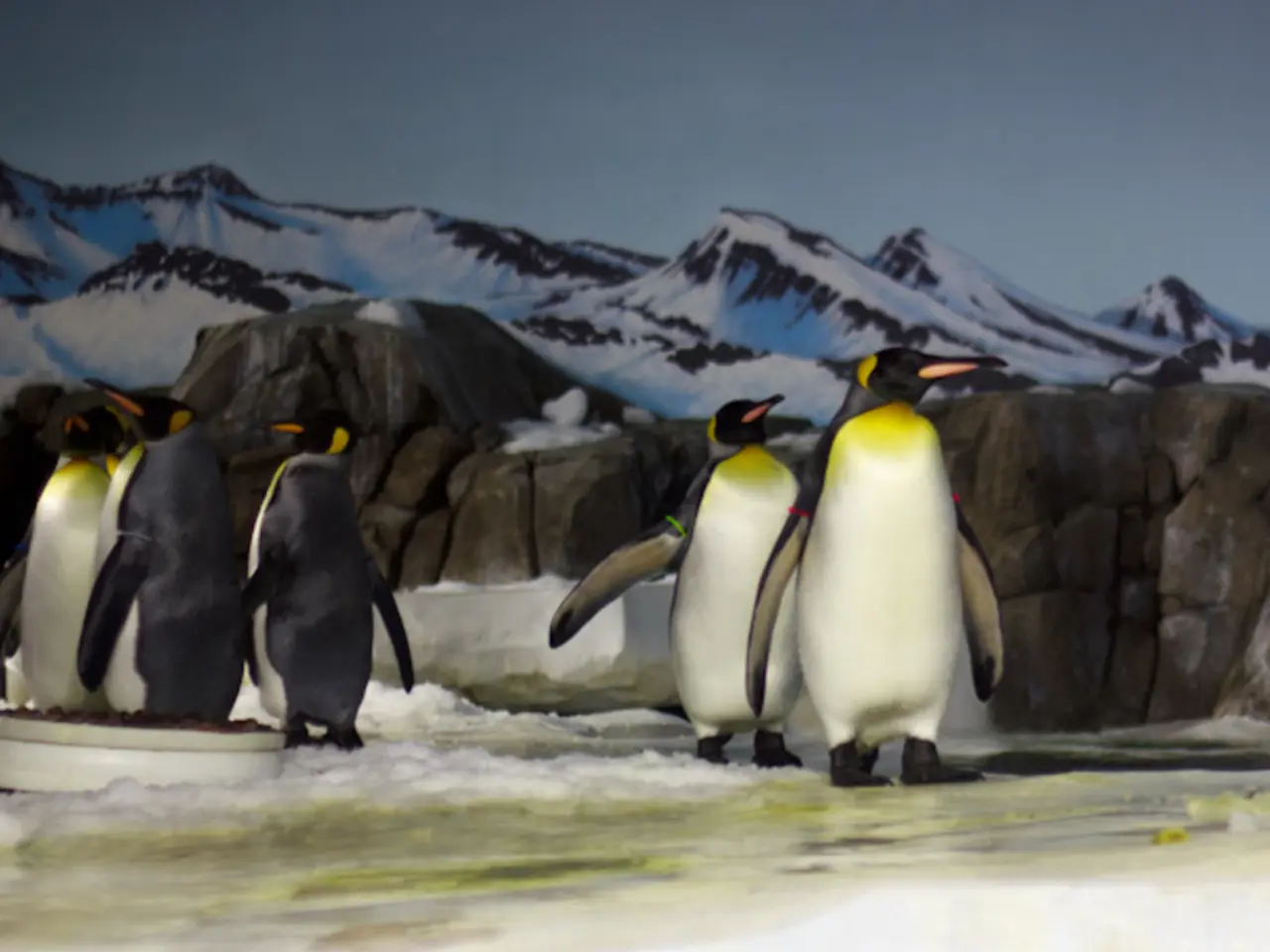Scientific Insights into the Ascension of Sea Levels
In recent years, several studies have raised concerns about the potential unstoppable retreat of the West Antarctic ice sheet, a development that could significantly contribute to rising sea levels.
Since 1880, sea levels have already risen by more than 20 cm. Since 1993, the rate of sea level rise has accelerated, with an annual increase of approximately 3 mm, equating to a rise of 30 cm per century.
If current emissions growth continues, the overall rate of sea-level rise could reach 1 m per century by 2100, according to projections by the Intergovernmental Panel on Climate Change (IPCC). Beyond 2100, seas will continue to rise for many centuries, perhaps even millennia.
The IPCC projects a sea-level rise of 52-98 cm by 2100 if greenhouse emissions continue to grow. However, recent studies suggest that this projection may underestimate Antarctica's future contribution. When model parameters were adjusted to simulate past climates, the Antarctic contribution was over 1 m by 2100 and as much as 15 m by 2500.
The Greenland ice sheet, too, poses a threat. If warming air temperatures cause surface melting to outstrip snow accumulation, Greenland's ice sheet could add an extra 7 m to sea levels over a millennium or more.
A new study published in Nature suggests that increased surface melting of ice shelves due to warming air temperatures, as well as marine melting, could significantly increase the rate of ice loss. This study forecasts a rise of about 80 cm by 2100 under high greenhouse emissions scenarios, but it could be almost totally averted with lower emissions.
Moreover, the prehistoric record shows that sea level was higher in past warmer climates. During the most recent interglacial period (129,000 to 116,000 years ago), sea level was 5-10 m higher than today.
The Larsen-B Ice Shelf on the Antarctic Peninsula disintegrated in 2002, allowing glaciers to flow more rapidly into the ocean. If warm ocean water melts the base of the ice sheet, it could cause the grounding line to move inland and ice to flow more rapidly into the ocean, exacerbating the problem.
Given present-day temperatures are already almost 1°C above pre-industrial temperatures, it is possible we could cross this threshold this century, particularly for high-emission scenarios. The threshold at which Greenland's ice sheet would collapse is unknown, but it could be as little as 1°C above pre-industrial average temperatures or as high as 4°C.
Satellite observations and models suggest that the amount of sea-level rise due to the Greenland and Antarctic ice sheets has increased since the early 1990s. This trend, if unchecked, could have profound implications for coastal communities worldwide.
In conclusion, the potential for significant sea level rise over coming centuries due to rapid destabilization of Antarctic ice ages, as well as the melting of the Greenland ice sheet, is a pressing concern. Reducing greenhouse gas emissions could help mitigate these risks and protect our coastal communities from the devastating impacts of rising sea levels.
Read also:
- Peptide YY (PYY): Exploring its Role in Appetite Suppression, Intestinal Health, and Cognitive Links
- Toddler Health: Rotavirus Signs, Origins, and Potential Complications
- Digestive issues and heart discomfort: Root causes and associated health conditions
- House Infernos: Deadly Hazards Surpassing the Flames








